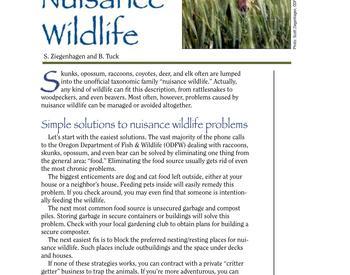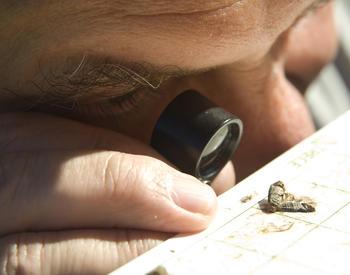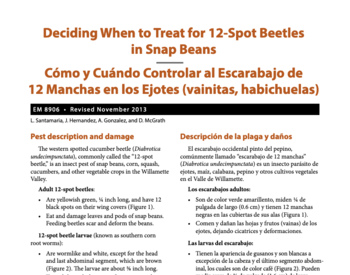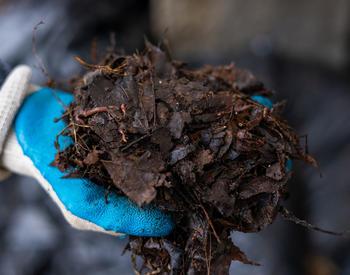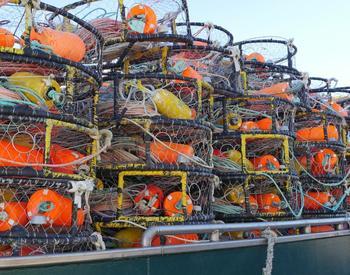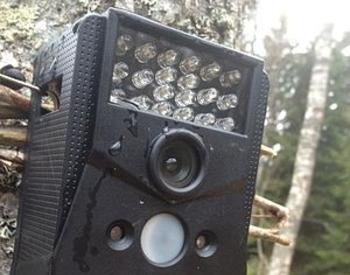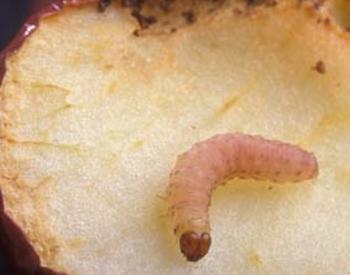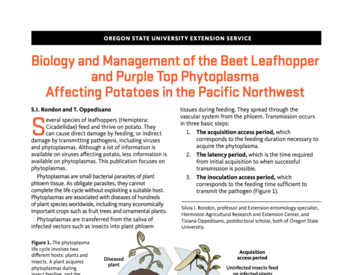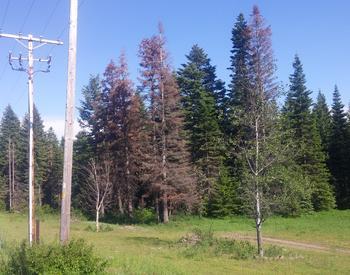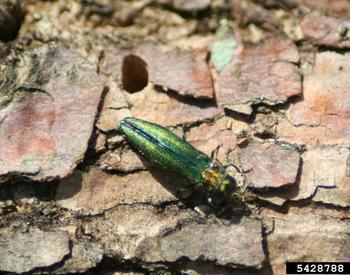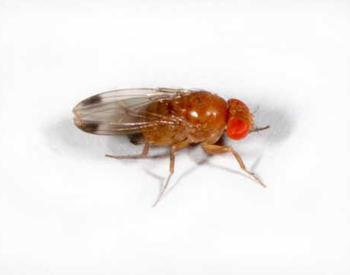This little guy was found in a backyard in Corvallis. What type of cicada is it? How often do they hatch? Do they have a similar rhythmic song as the east coast and southern varieties?
Hi!
What great photos! That sure was a cooperative cicada!
Well, there are only 3 cicada genera that occur in our area. They are Okanagana, Platypedia and Neoplatypedia.I can tell that your specimen is not an Okanagana species based on the wing venation.The Platypedia and Neoplatypedia species are distinguished by the numbers of marginal cells on their forewings (Platypedia species have 8, Neoplatypedia species have 7), but I can't tell how many marginal cells your specimen has.
All the local species spend 2-5 years underground as immatures, but they have overlapping generations, so some emerge each year and there are no mass emergences like there are for periodical cicadas in eastern North America.
Here is some info on Platypedia/Neoplatypedia species from the InsectSingers website...
The genera Platypedia and Neoplatypedia are entirely restricted to the western half of the USA, but species of Platypedia are distributed all the way south to South America. These genera have lost their timbals and sing entirely by clicking or buzzing their wings and you can sometimes encourage Platypedia to click by clicking two coins together. There are many species of Platypedia but we have only collected a few of them. Most species are black with small brown, orange, red or white markings, and are sometimes very furry. They are quite small cicadas and sing from trees or shrubs.
And here are links to audiofiles of the sounds made by a few Platypedia/Neoplatypedia species from the same source...
Hope that helps!
